Description
Electricity powers nearly everything in our lives today—from smartphones and laptops to smart TVs, refrigerators, and kitchen appliances. While power is essential, it is not always stable. Sudden voltage spikes, short circuits, and power surges caused by lightning, faulty wiring, or grid issues can damage or even destroy sensitive electronics. That is where a surge protector becomes a crucial part of every modern home and office.
A surge protector is more than an extension board; it is a shield for your valuable devices. Instead of letting harmful spikes reach your gadgets, it absorbs or diverts the excess energy, ensuring that only safe, stable current flows to your devices. When you consider the investment you’ve made in appliances and electronics, a good surge protector is not an option—it’s a necessity.
The 6-Socket Surge Protector with Heavy Duty Cable and Manufacturer Warranty is designed for people who need both safety and convenience. With six sockets, it allows multiple devices to be connected simultaneously. Its robust surge protection ensures that each device is guarded against unexpected electrical issues. The heavy-duty cable and durable build make it reliable for continuous use, while the manufacturer warranty provides peace of mind about long-term performance.
Product Overview – What Sets It Apart
This surge protector is not just another power strip. It has been engineered with safety, durability, and user convenience in mind. While regular extension boards may provide multiple sockets, they often lack the advanced surge protection required to safeguard modern devices. This product combines six universal sockets, heavy-duty cable insulation, a sturdy fire-resistant body, and built-in surge protection to deliver a comprehensive solution.
The design is sleek and user-friendly, with a clear indicator light showing when power is active. Each socket is crafted to securely hold plugs without loosening over time. Unlike cheap plastic alternatives, this surge protector uses high-quality materials that withstand heat, resist wear, and deliver long-lasting performance.
Another standout aspect is the manufacturer warranty. Many extension boards fail within a few months of use, but with this product, you’re covered by a guarantee that reflects the manufacturer’s confidence in quality and durability. This adds extra assurance that your devices—and your investment—are protected.
Key Features and Benefits
1. Six Universal Sockets
With six sockets, you can power multiple devices simultaneously. The universal design supports both 2-pin and 3-pin plugs, making it versatile enough for different types of electronics. Whether you’re connecting a laptop, TV, printer, fan, or kitchen appliance, this surge protector is built to handle them all.
2. Surge Protection Mechanism
The inbuilt surge protection ensures that sudden voltage spikes or fluctuations do not reach your devices. It protects sensitive electronics like laptops, Wi-Fi routers, gaming consoles, and chargers, which are often most vulnerable to power issues.
3. Heavy Duty Cable
The extension cord is made of thick, high-quality copper conductors with heat-resistant insulation. This ensures efficient power transmission without overheating. The heavy-duty cable also provides flexibility for placement while maintaining durability for long-term use.
4. Power Indicator Light
A clear indicator light lets you know when the surge protector is active. This avoids confusion and ensures that you’re always aware of the power status.
5. Fire-Resistant Body
Made with ABS fire-resistant plastic, the body of the surge protector is designed to withstand heat and prevent fire hazards. This adds an extra layer of safety for household and office use.
6. Manufacturer Warranty
Unlike cheap, disposable extension boards, this surge protector comes with an official warranty. This provides long-term reliability and ensures replacement or repair in case of manufacturing defects.
7. Ergonomic and Compact Design
The design is compact enough to fit easily on desks, entertainment units, or office setups without occupying too much space. Its sleek finish also makes it visually appealing.
8. Wide Range of Applications
From home entertainment systems to office setups and workshops, the 6-socket design ensures you have enough capacity for all your needs.

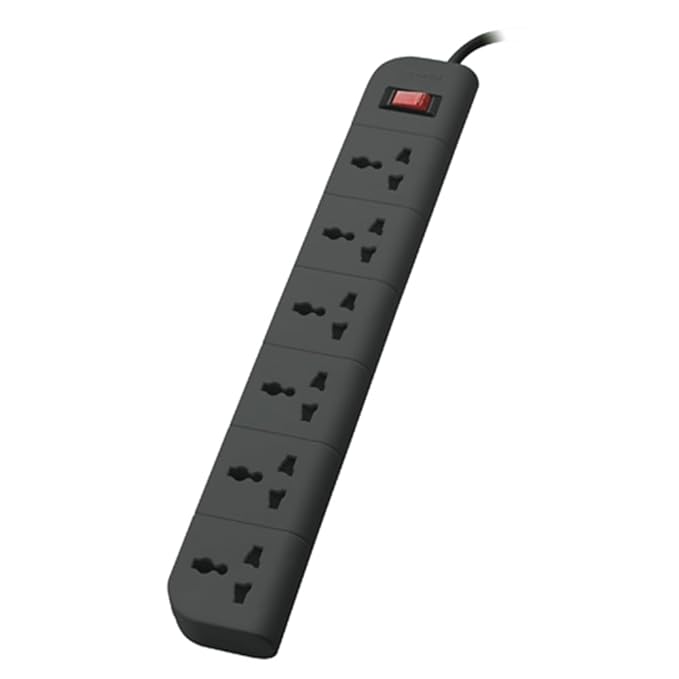

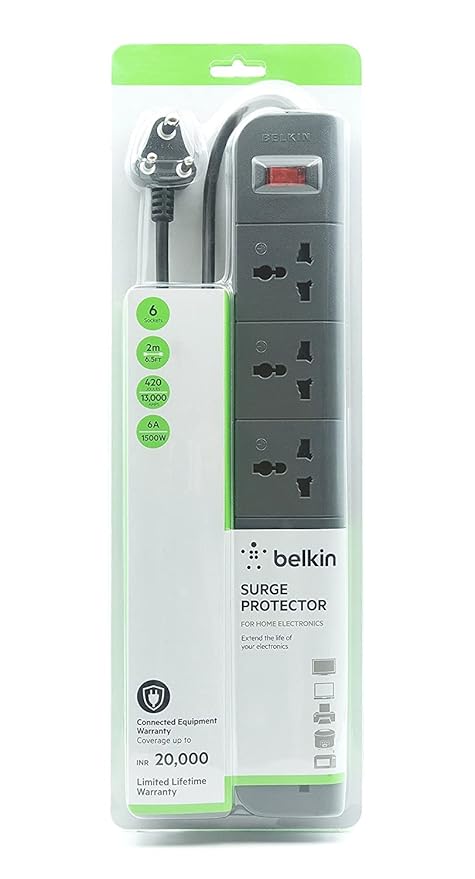

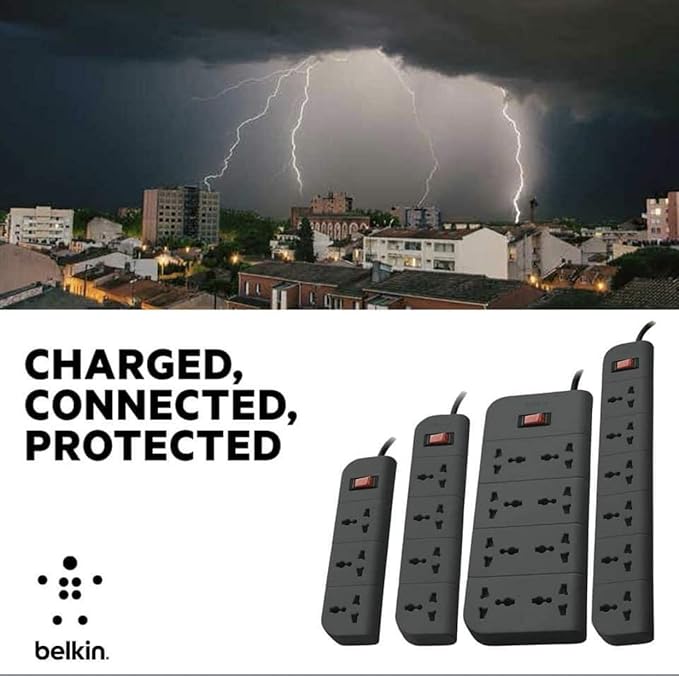
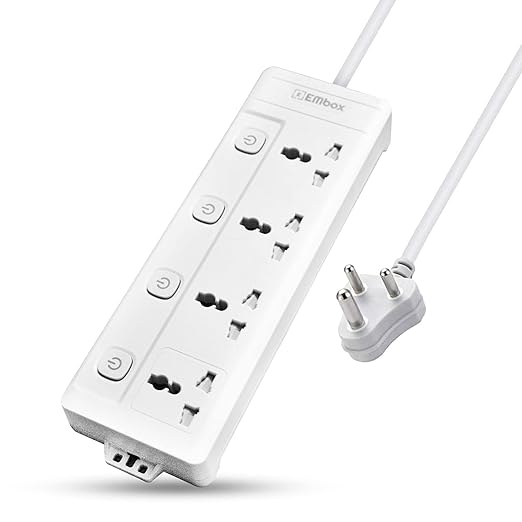
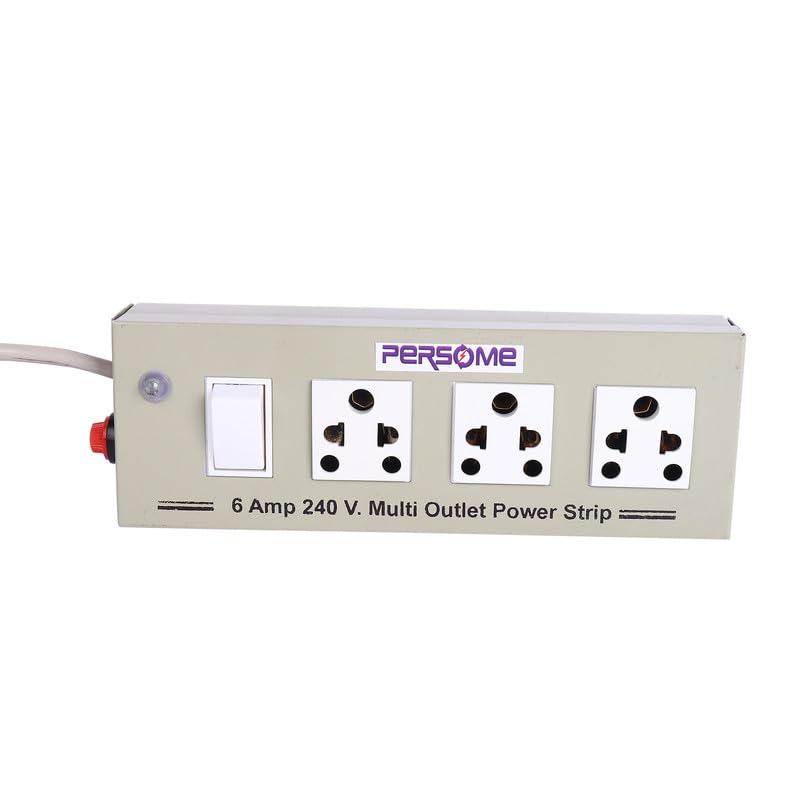
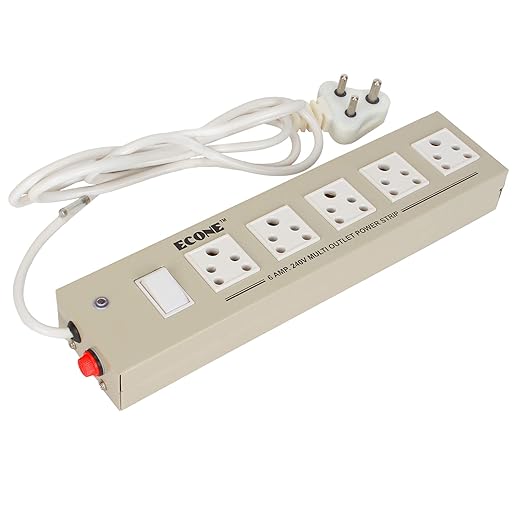
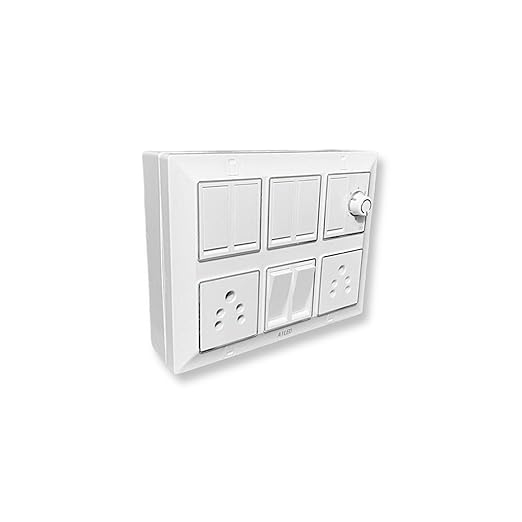
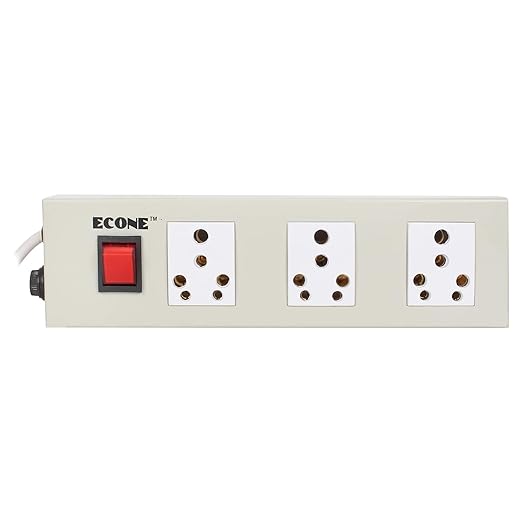
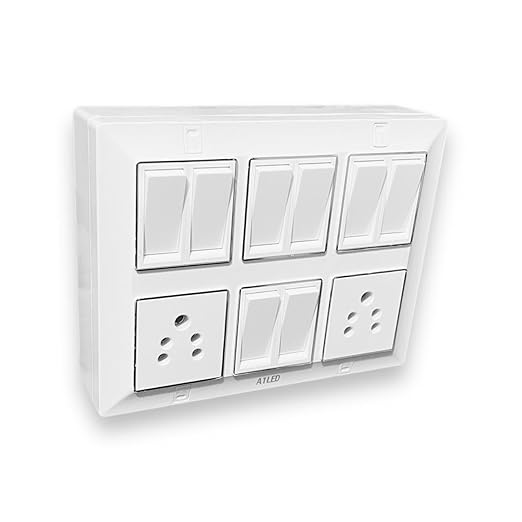
jasmine –
Saba tanzeem –
P.Jahnavi –
Higher price also wire is .75mmsq only